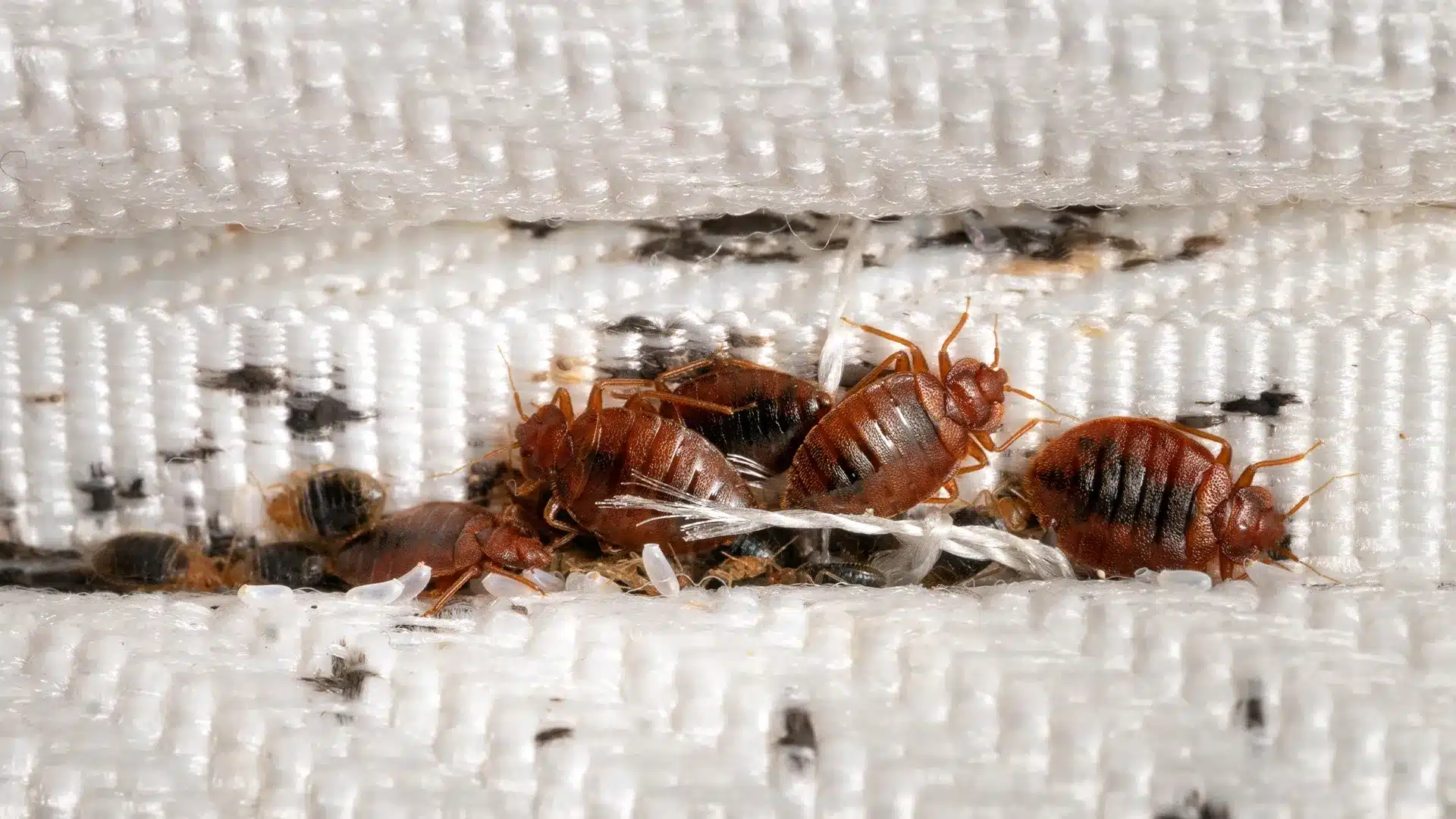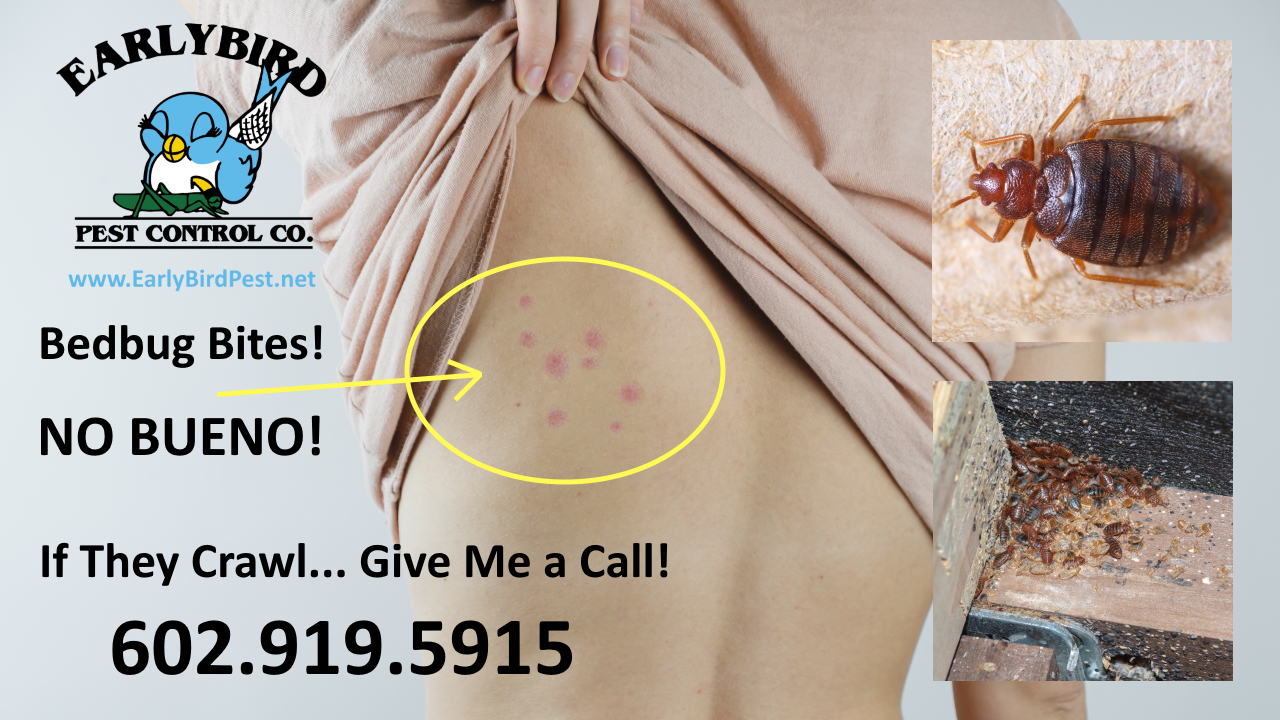Obtain Educated Regarding the Kinds Of Insect Control Approaches and Their Advantages for Homeowners
Comprehending the different parasite control methods available to homeowners is important for efficient pest administration. From chemical and organic techniques to mechanical and cultural techniques, each approach provides one-of-a-kind advantages that can significantly impact both health and wellness and ecological safety and security. House owners that are knowledgeable can make tactical selections that not only address parasite problems yet likewise enhance the overall high quality of their living environment. As we discover these approaches further, it becomes clear that the decision-making procedure involves greater than simply immediate outcomes; it discuss long-term sustainability and well-being. What aspects should affect these critical choices?
Chemical Bug Control Techniques
Chemical bug control methods are a vital element of incorporated bug monitoring methods for house owners looking for efficient solutions to pest infestations. These techniques involve the application of chemical materials made to remove or deter insects that endanger personal home, health, and comfort. Typical chemicals used include insecticides, rodenticides, herbicides, and fungicides, each tailored to target details parasites.
The primary advantage of chemical insect control is its rapid efficiency; lots of formulations provide instant outcomes, lowering pest populations substantially quickly. Additionally, advances in chemical solutions have actually caused items that are extra eco friendly and have lower toxicity degrees for non-target organisms when used appropriately.

Organic Bug Control Techniques
Natural pest control methods have gained prestige as home owners seek much safer and much more lasting options to conventional chemical strategies. Biological bug control methods make use of all-natural killers, parasites, or microorganisms to take care of parasite populaces efficiently. This method is not only environmentally pleasant but also lessens the danger of harm to non-target species, consisting of useful bugs and wildlife.
Among the most common organic control techniques involves presenting natural predators into the setting. Ladybugs can be made use of to control aphid populaces, while nematodes target soil-dwelling parasites like grubs. Furthermore, parasitoids-- microorganisms that survive on or within a host-- can be employed to regulate certain parasite types by laying eggs inside them, inevitably resulting in their demise.
One more approach is the use of biopesticides, which are originated from all-natural materials such as microorganisms, minerals, or plants (bed bug exterminator). These products can successfully target bugs while positioning marginal danger to human beings and animals. In general, biological parasite control techniques supply home owners with an efficient ways of parasite monitoring that straightens with ecological concepts, advertising a much healthier living atmosphere while decreasing reliance on artificial chemicals
Mechanical Parasite Control Strategies
Mechanical pest control methods incorporate a selection of approaches that physically prevent or eliminate parasites without using chemicals. These methods are particularly useful for house owners seeking ecologically friendly choices while guaranteeing the safety and security of their home.
One typical method is the usage of obstacles, such as webs, screens, and traps, which prevent parasites from getting in homes or details locations. As an example, setting up window displays read this can properly maintain pests out, while utilizing physical obstacles around yards can hinder bigger pests like deer or bunnies. Additionally, mechanical traps made for rats can catch and eliminate these insects without the demand for harmful materials.
Another effective method includes using mops and vacuum cleaners to get rid of parasites straight from surface areas. Normal cleaning and maintenance can dramatically minimize parasite populaces by getting rid of food resources and hiding places. Employing gadgets like ultrasonic bug repellents can prevent numerous bugs via sound waves that are undesirable to them however faint to humans.
Cultural Pest Control Practices
Cultural pest control methods focus on modifying the setting and monitoring strategies to develop conditions that are less conducive to pest invasions. These practices are essential in preserving a well balanced environment and lowering the dependence on chemical treatments. article source By altering farming methods, home owners can successfully prevent pests while promoting plant health and wellness.
One typical approach includes plant rotation, which interferes with the life cycles of bugs by changing the kinds of plants expanded in a certain area (bed bug exterminator). This not only reduces pest populations yet also enhances dirt health and wellness. In addition, intercropping-- planting diverse plants in distance-- can confuse bugs and lower their ability to locate their recommended host plants
Water management is another critical aspect of social methods. Correct irrigation strategies can stop standing water, which works as a breeding place for insects and various other parasites. In addition, keeping tidiness in and around the home, such as frequently removing particles and food waste, can dramatically minimize pest destination.
Including these cultural techniques into an extensive pest administration approach enables home owners to produce a setting that normally discourages bugs, thus improving the effectiveness of various other control approaches while promoting sustainable horticulture and landscaping.

Integrated Parasite Monitoring Approaches
Integrated Pest Monitoring (IPM) stands for an alternative strategy that incorporates different methods to efficiently manage pest populaces while reducing ecological influence. This approach integrates organic, social, physical, and chemical methods to achieve lasting insect control. By assessing pest populaces and their all-natural opponents, IPM emphasizes tracking and identifying bugs prior to executing control actions.
Among the core concepts of IPM is using thresholds, which develop the degree of insect activity that warrants intervention. This makes sure that therapies are used only when needed, lowering the reliance on chemical pesticides. Biological control techniques, such as presenting all-natural killers or bloodsuckers, job in conjunction with cultural practices like crop rotation and habitat control to interrupt pest life process.
In addition, IPM urges using least-toxic chemical choices when treatment is necessary, prioritizing items that present very little threat to non-target microorganisms and the environment. For property owners, adopting IPM approaches not only boosts the efficacy of parasite administration yet additionally advertises a healthier living setting, fostering biodiversity and reducing chemical direct exposure. Inevitably, IPM encourages house owners to make enlightened choices that balance bug control with environmental duty.
Final Thought
In final thought, recognizing the different bug control approaches encourages homeowners to make educated choices concerning pest management. Each method-- chemical, Visit Website biological, mechanical, social, and integrated pest administration-- supplies unique advantages that provide to different needs and preferences.
Understanding the different parasite control approaches readily available to property owners is vital for reliable parasite monitoring.Chemical parasite control approaches are a vital element of incorporated parasite monitoring methods for home owners seeking efficient remedies to pest invasions. In general, organic parasite control methods give house owners with an effective means of insect monitoring that aligns with eco-friendly principles, advertising a healthier living environment while minimizing dependence on artificial chemicals.
Social bug control methods focus on modifying the environment and administration strategies to produce problems that are much less helpful to pest invasions.In conclusion, comprehending the various pest control methods equips home owners to make informed choices relating to pest administration.